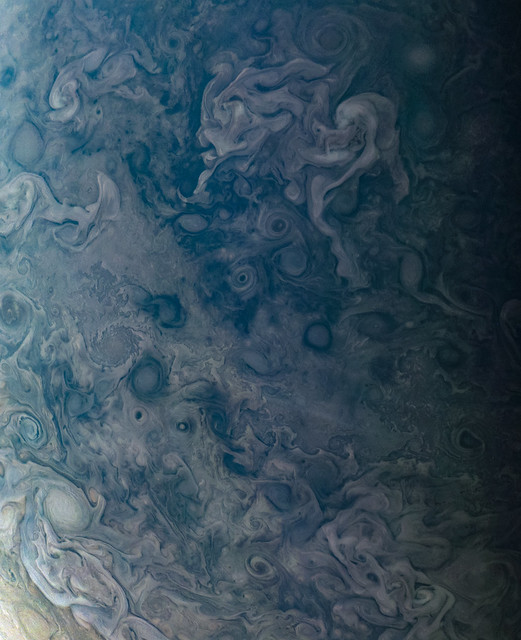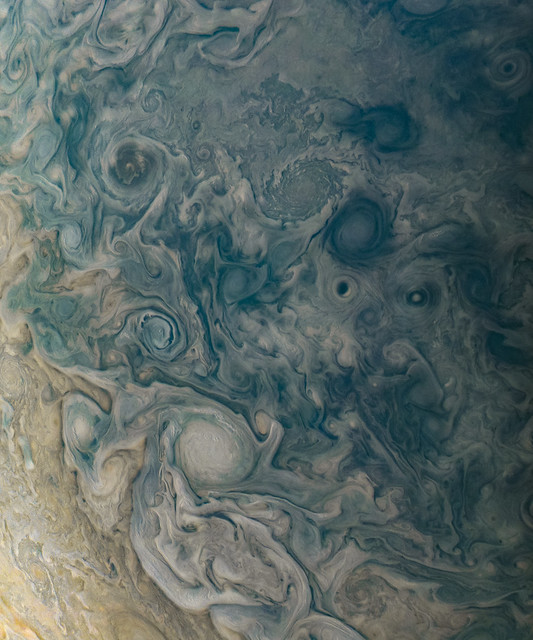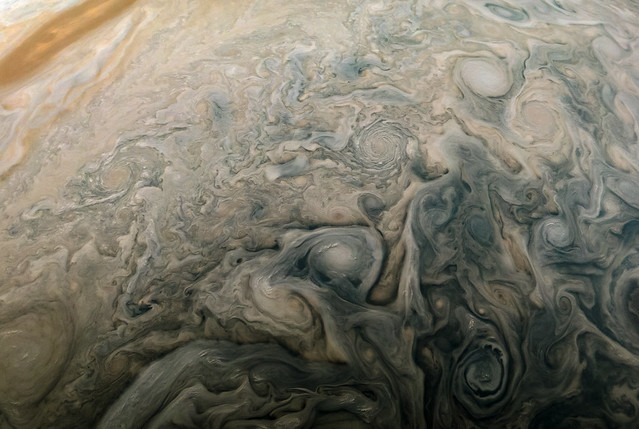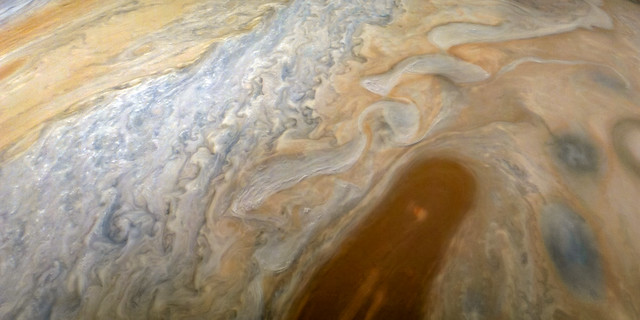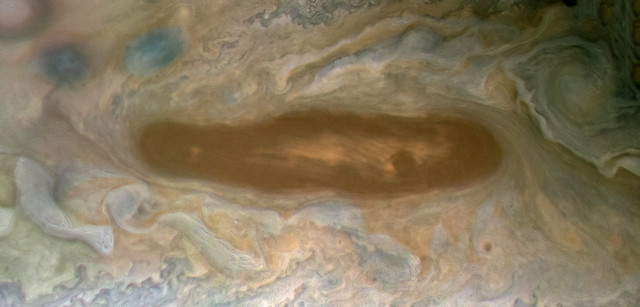QUOTE (Brian Swift @ Sep 8 2018, 09:50 AM)

I was pleasantly surprised that implementing the flat field correction cleared up the repetitive artifacts without need for any additional masking and filling. (For TDI=1 images)
FWIW, my current flat field derived color balance is {0.838223, 1., 2.37871}
Should be "Resolution is 30 pixels per degree..."
With the flat field, I've conservative in oder to be ready for DCT compressed images, for TDI >> 1, and for energetic particle hits. But with the Huffman encoded images, it may be worth to work directly with the flatfield.
People wanted the images redder. So, I changed to red=0.88. But this may be connected to the strong enhancement I'm usually applying, and the physically non-straightforward human color perception of poorly satutated colors. I might investigate the colors more thoroughly at some future point.
Thanks for the correction of my text! Late at night, and working on several tasks in parallel, I've to live with making errors.
Now, the enhanced reprojections of part 2 of PJ15 I've linked to, above:
PJ15, #24:
Click to view attachment


